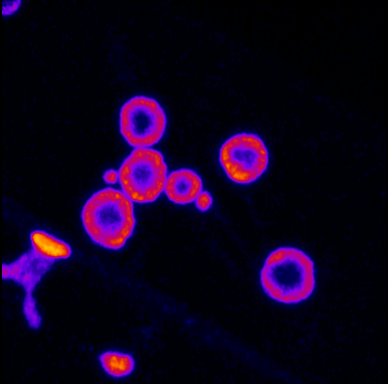New Member intro...
Posted: Sun Nov 06, 2022 3:21 am
Greetings from Goulburn, NSW - where's that? Between Sydney and Canberra, Australia, where there are no microscope shops. Sigh...
The last time I used a good quality microscope was decades ago. It was only a loaner, so my nascent hobby languished for half a lifetime. If I could only adjust the eyepieces of my trinocular microscope, so that I didn't keep going cross eyed, I would be waist deep in microorganisms by now. Seriously considering the purchase of a 3D printer so that I can make the odds and ends that I can only buy online or not at all.
My goal is to study mitochondria. My AmScope compound microscope will magnify to x2500, which should be enough for what I need. When I'm not looking for mitochondria I'll be discovering what lives in the river that runs past my house, other than platypus, fish and endless birdlife. First I'll study and practice microscopy and discover what I've been missing for all these years. I look forward to sharing tips and tricks and the occasional hack to get the results I'm looking for. One day I may be able to return the favour and help other newbies.
The last time I used a good quality microscope was decades ago. It was only a loaner, so my nascent hobby languished for half a lifetime. If I could only adjust the eyepieces of my trinocular microscope, so that I didn't keep going cross eyed, I would be waist deep in microorganisms by now. Seriously considering the purchase of a 3D printer so that I can make the odds and ends that I can only buy online or not at all.
My goal is to study mitochondria. My AmScope compound microscope will magnify to x2500, which should be enough for what I need. When I'm not looking for mitochondria I'll be discovering what lives in the river that runs past my house, other than platypus, fish and endless birdlife. First I'll study and practice microscopy and discover what I've been missing for all these years. I look forward to sharing tips and tricks and the occasional hack to get the results I'm looking for. One day I may be able to return the favour and help other newbies.
